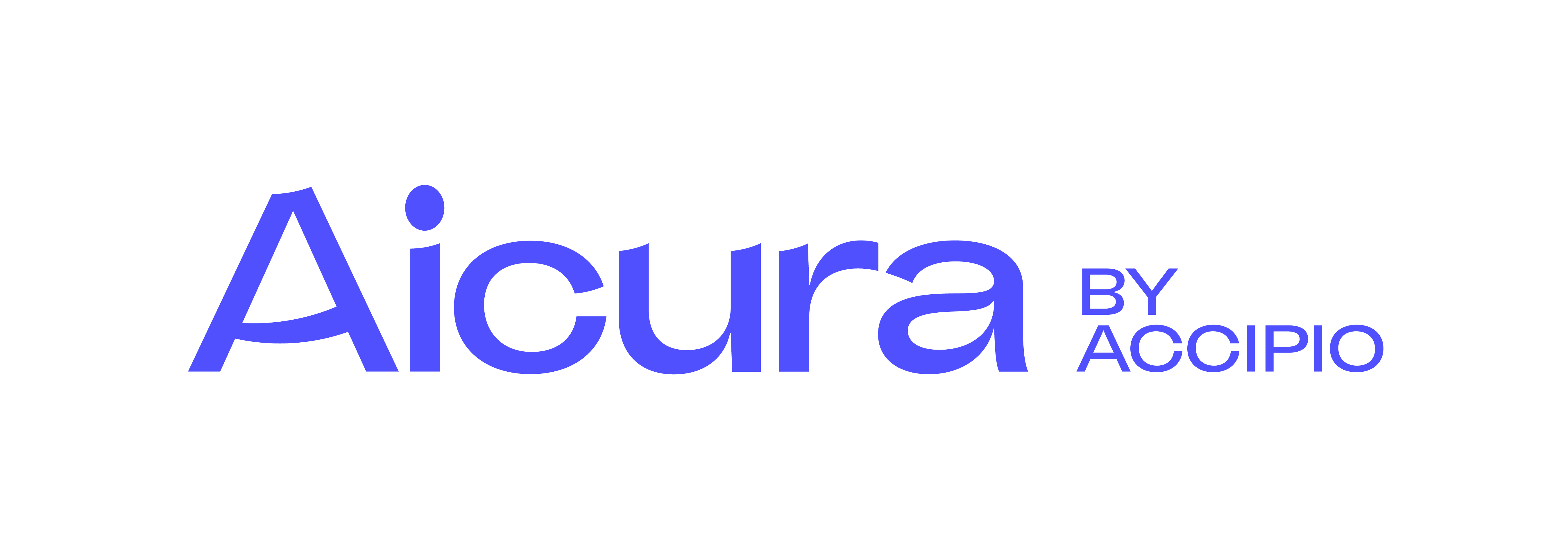Coaching- What Exactly Is It?
Many people and when asked if they offer coaching as part of their development say ‘yes of course we do coaching…’ This is when we dig deeper and ask some exploratory questions. Why do we do this? Experience tells us that people and organisations inadvertently use...


